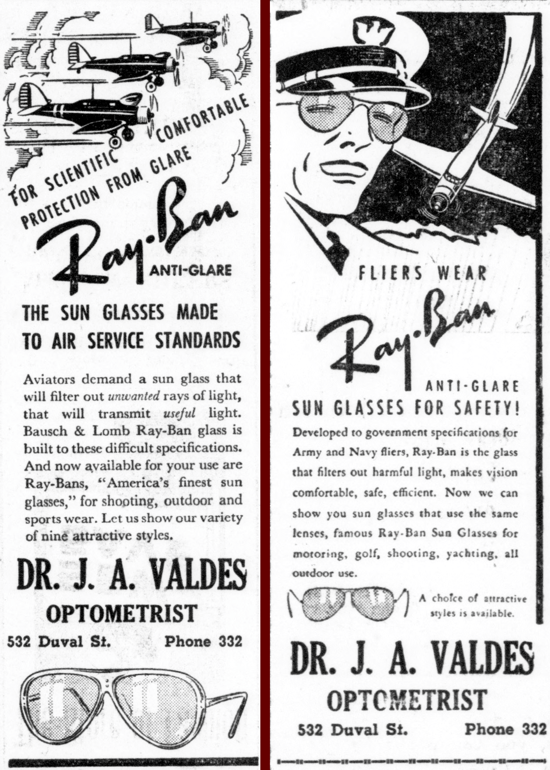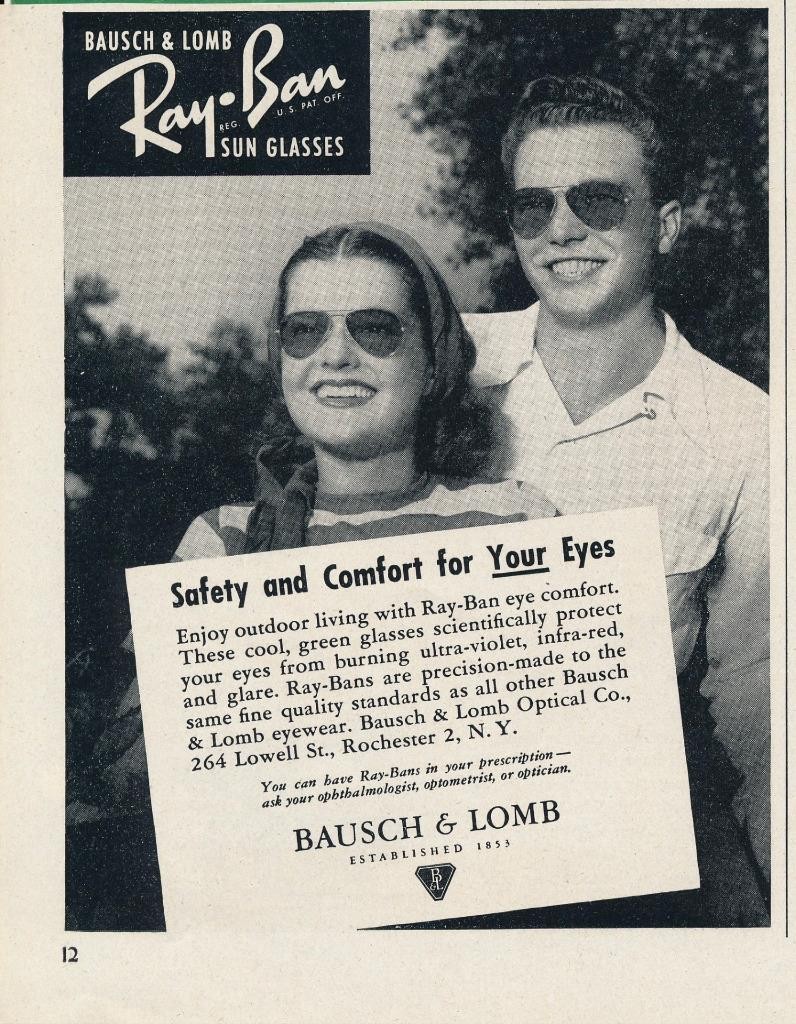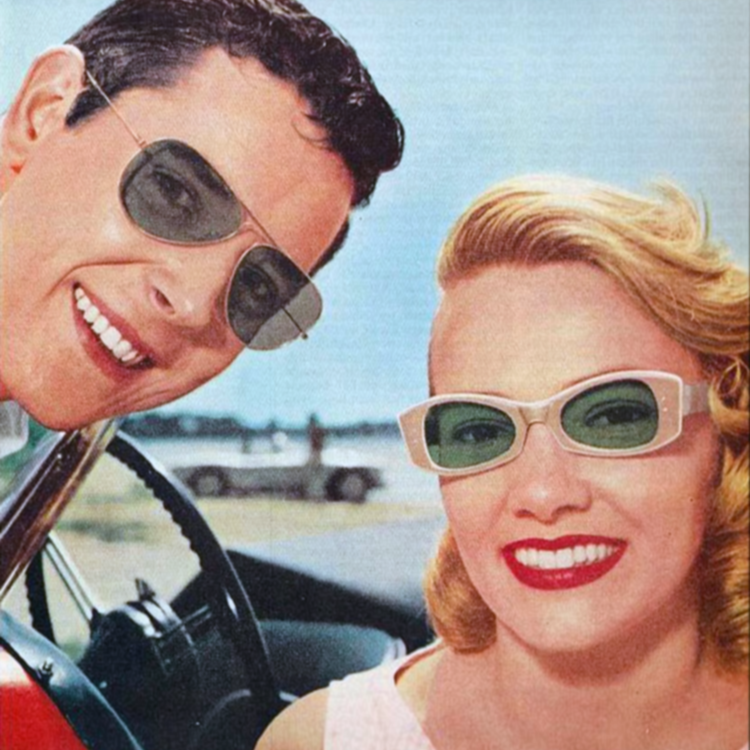Ray Ban in the 1940s
Ray-Ban in War Service
The 1940s were defined by World War II...
The 1942 “Keen Eyes Use Ray-Ban” ad, emphasising military utility.


A Moment of Iconography
Wartime service gave Ray-Ban an aura of patriotism...
General MacArthur’s 1944 landing — a defining moment.
Post-War Popularity & Hollywood Influence
Ray-Ban emerged from WWII not just as kit, but as a household name...
Aviators became a post-war fashion staple.

Marketing & Advertising
1940–1945: During WWII, Ray-Ban’s marketing...